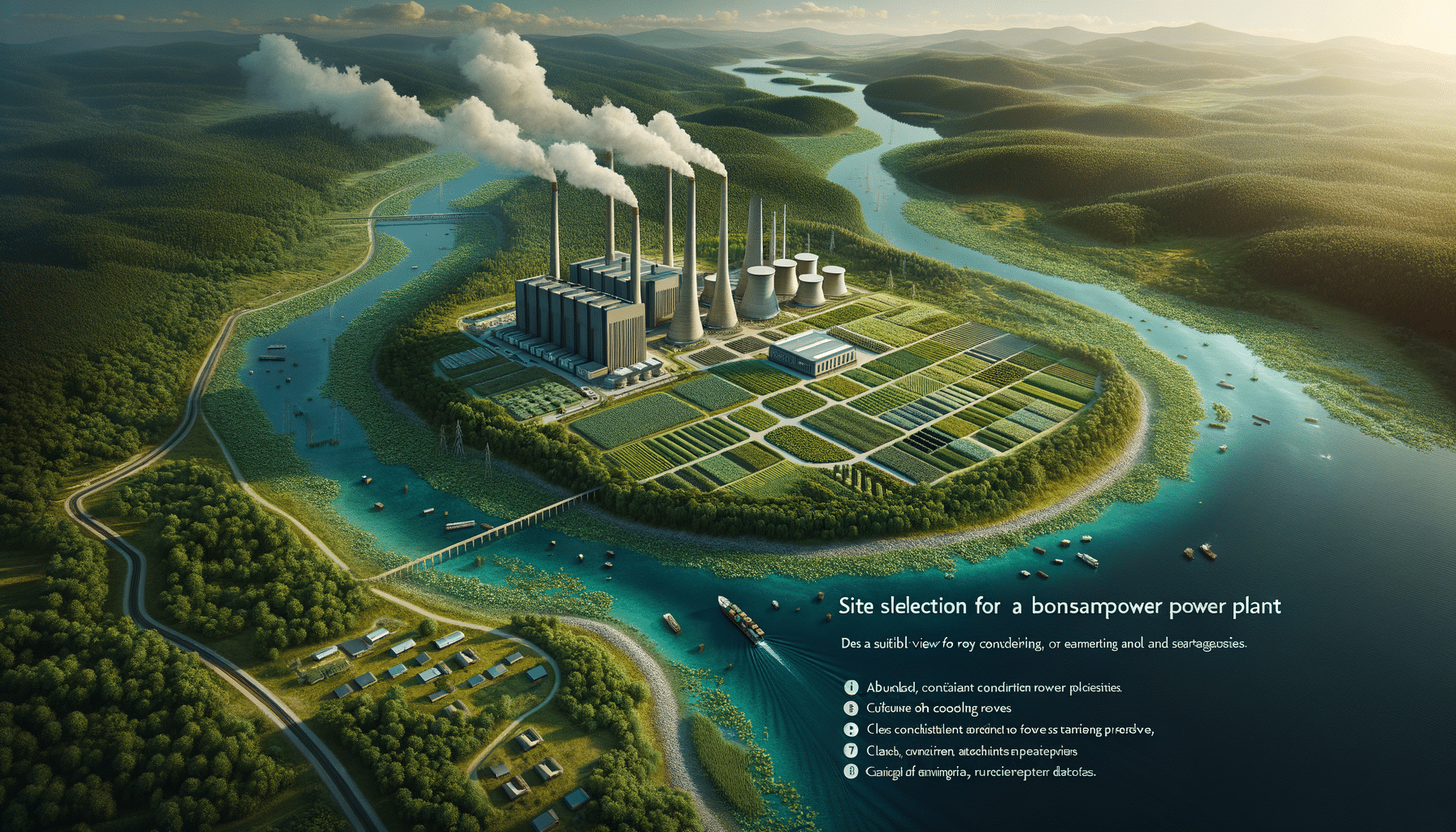
Site Selection for Biomass Power Plant: Key Considerations and Strategies
Introduction to Biomass Power Plant Site Selection
Biomass power plants are an integral part of the renewable energy landscape, offering a sustainable way to generate electricity by utilizing organic materials. Selecting the right site for a biomass power plant is crucial to its success and efficiency. This process involves evaluating various factors such as availability of resources, environmental impact, and logistical considerations. A well-chosen location can significantly enhance the plant’s operational efficiency and economic viability, making site selection a pivotal step in the development of biomass energy projects.
Resource Availability and Proximity
The availability and proximity of biomass resources are among the most important considerations in site selection. Biomass power plants rely on organic materials such as agricultural residues, forestry by-products, and organic waste. Therefore, a site located near abundant biomass sources can reduce transportation costs and ensure a steady supply of raw materials. Proximity to resources not only minimizes logistical challenges but also contributes to the overall sustainability of the plant by reducing carbon emissions associated with transportation.
- Abundant local biomass resources
- Reduced transportation costs
- Lower carbon emissions
Moreover, evaluating the types of biomass available in the region is essential. Different materials have varying energy content and combustion characteristics, which can impact the plant’s design and efficiency. Conducting a thorough assessment of local biomass resources helps in optimizing the plant’s operations and maximizing energy output.
Environmental and Regulatory Considerations
Environmental impact assessments and regulatory compliance are critical components of the site selection process for biomass power plants. These plants must adhere to stringent environmental regulations to minimize their ecological footprint. Conducting thorough environmental impact studies helps identify potential risks and develop strategies to mitigate them. Key environmental considerations include:
- Impact on local ecosystems and biodiversity
- Air and water quality management
- Waste management and disposal
Regulatory frameworks vary by region, and understanding local laws and guidelines is essential to ensure compliance. Engaging with regulatory bodies early in the planning process can help streamline approvals and avoid costly delays. By prioritizing environmental and regulatory considerations, developers can enhance the plant’s sustainability and community acceptance.
Infrastructure and Logistics
Infrastructure and logistics play a vital role in determining the feasibility of a biomass power plant site. Access to reliable transportation networks, such as roads and railways, is essential for the efficient movement of biomass materials and equipment. Additionally, proximity to existing utility infrastructure, such as power lines and substations, can facilitate grid connectivity and reduce transmission costs.
- Access to transportation networks
- Proximity to utility infrastructure
- Availability of skilled workforce
Logistical considerations also include the availability of a skilled workforce and supporting industries. A site located near urban centers or industrial hubs can benefit from a readily available labor pool and access to essential services. By evaluating infrastructure and logistics, developers can ensure the plant’s operational efficiency and long-term viability.
Economic and Community Impact
The economic and community impact of a biomass power plant is a significant factor in site selection. These plants can provide economic benefits to local communities through job creation, increased tax revenues, and the development of related industries. Engaging with local stakeholders and understanding their needs and concerns is crucial to gaining community support and ensuring the project’s success.
Additionally, analyzing the economic viability of the site involves assessing factors such as land costs, incentives, and potential revenue streams. Government incentives and subsidies can play a significant role in enhancing the financial attractiveness of a biomass power plant project. By considering the economic and community impact, developers can create a positive and sustainable relationship with the local community.
Conclusion: Strategic Site Selection for Success
In conclusion, the site selection process for a biomass power plant is a complex and multifaceted endeavor that requires careful consideration of various factors. By prioritizing resource availability, environmental and regulatory compliance, infrastructure, and economic impact, developers can enhance the plant’s operational efficiency and sustainability. Strategic site selection not only ensures the success of the biomass power plant but also contributes to the broader goal of promoting renewable energy and reducing carbon emissions. Engaging with local communities and stakeholders throughout the process is essential to building a supportive environment and achieving long-term success.


